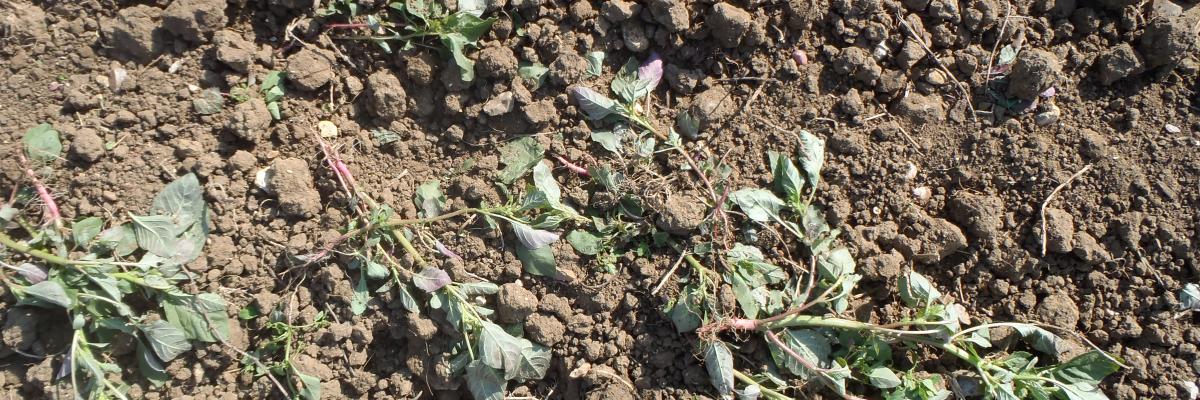

Fallowing in organic systems - a last resort?
Download the PDF
Resource explained:
Fallowing aims to use repeated cultivations to reduce weed seed numbers in soil by encouraging germination then killing the seedlings. It can break up and stimulate the growth of the vegetative organs of perennial weeds and kill them by desiccation, starvation or mechanical injury. This leaflet, produced by Garden Organic (formerly HDRA) as part of the Organic Weed Management Project OF0315, explains the method and outlines some of the potential benefits and disadvantages of using it as a method of weed control in organic systems.
Findings & recommendations:
- Potential benefits include reduced weeding costs and higher crop yields in the years following a fallow and allowing a wider range of crops to be grown.
- Disadvantages arguably outweigh the benefits and include:
- Land being left out of production for a year with no financial return but with added time and labour costs.
- Repeated cultivations harming the structure of some soils, being detrimental to some soil micro-organisms, especially mycorrhizae.
- Increased leaching of nutrients from soil left bare through the winter.
Summary provided by:
Janie Caldbeck
